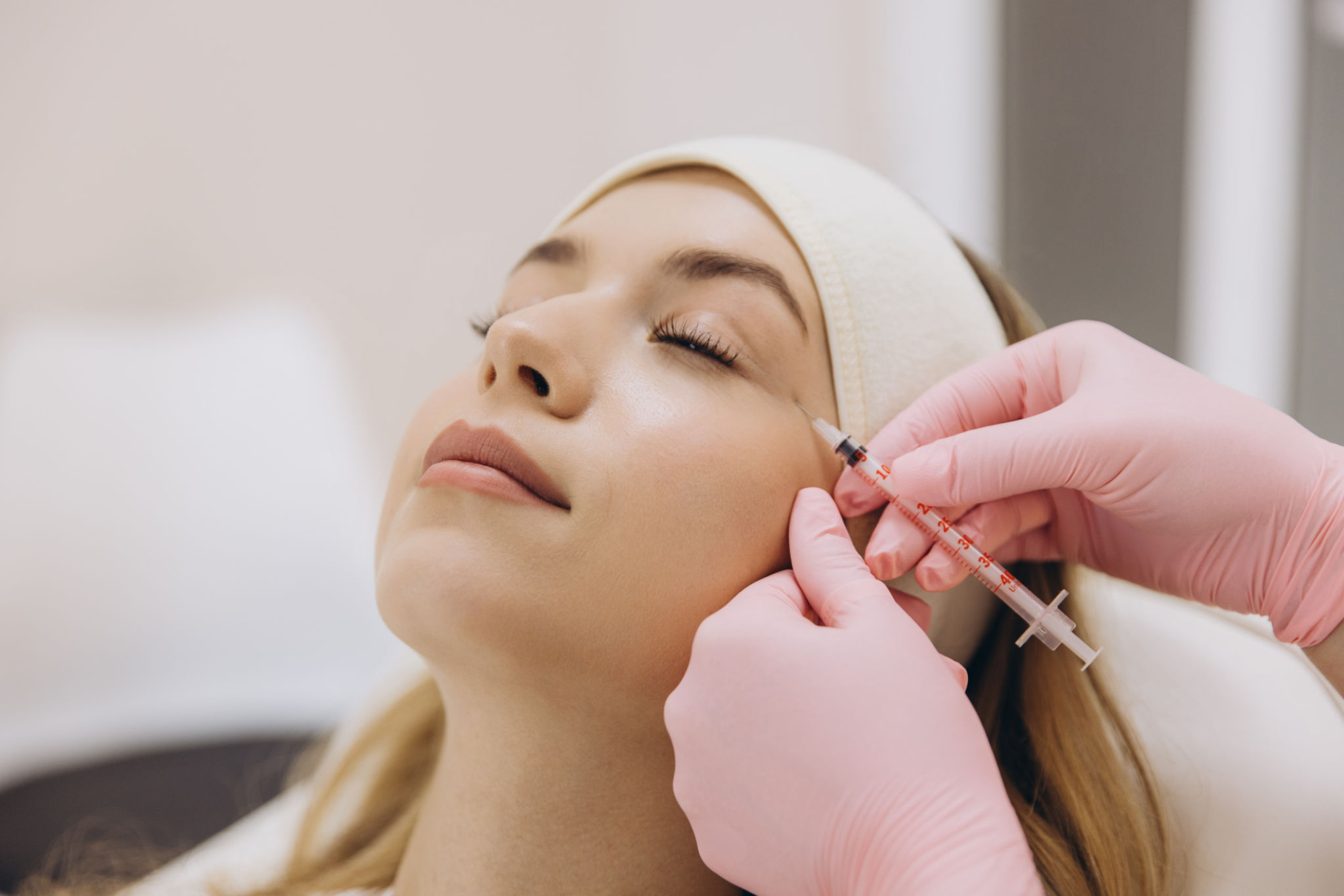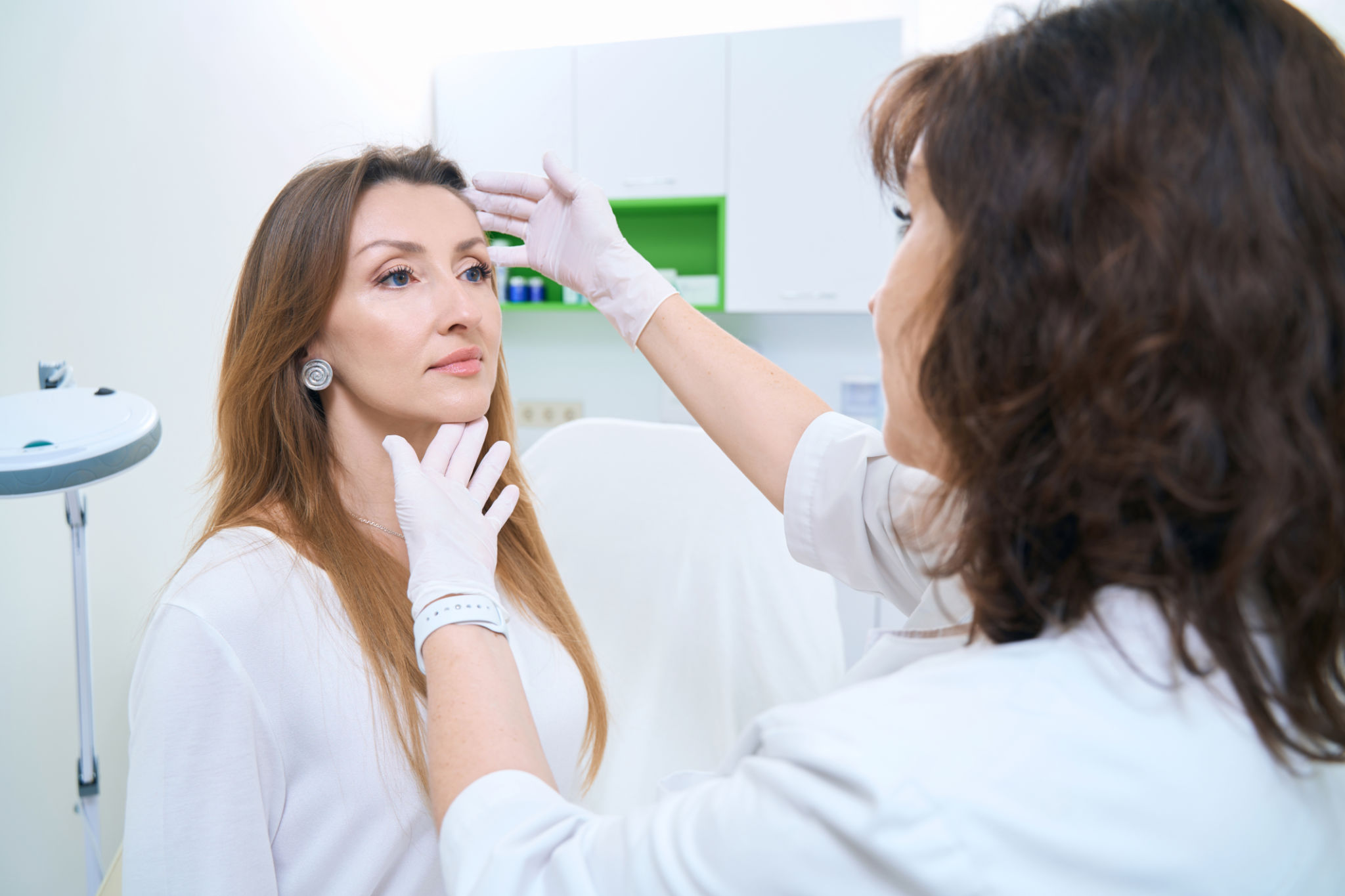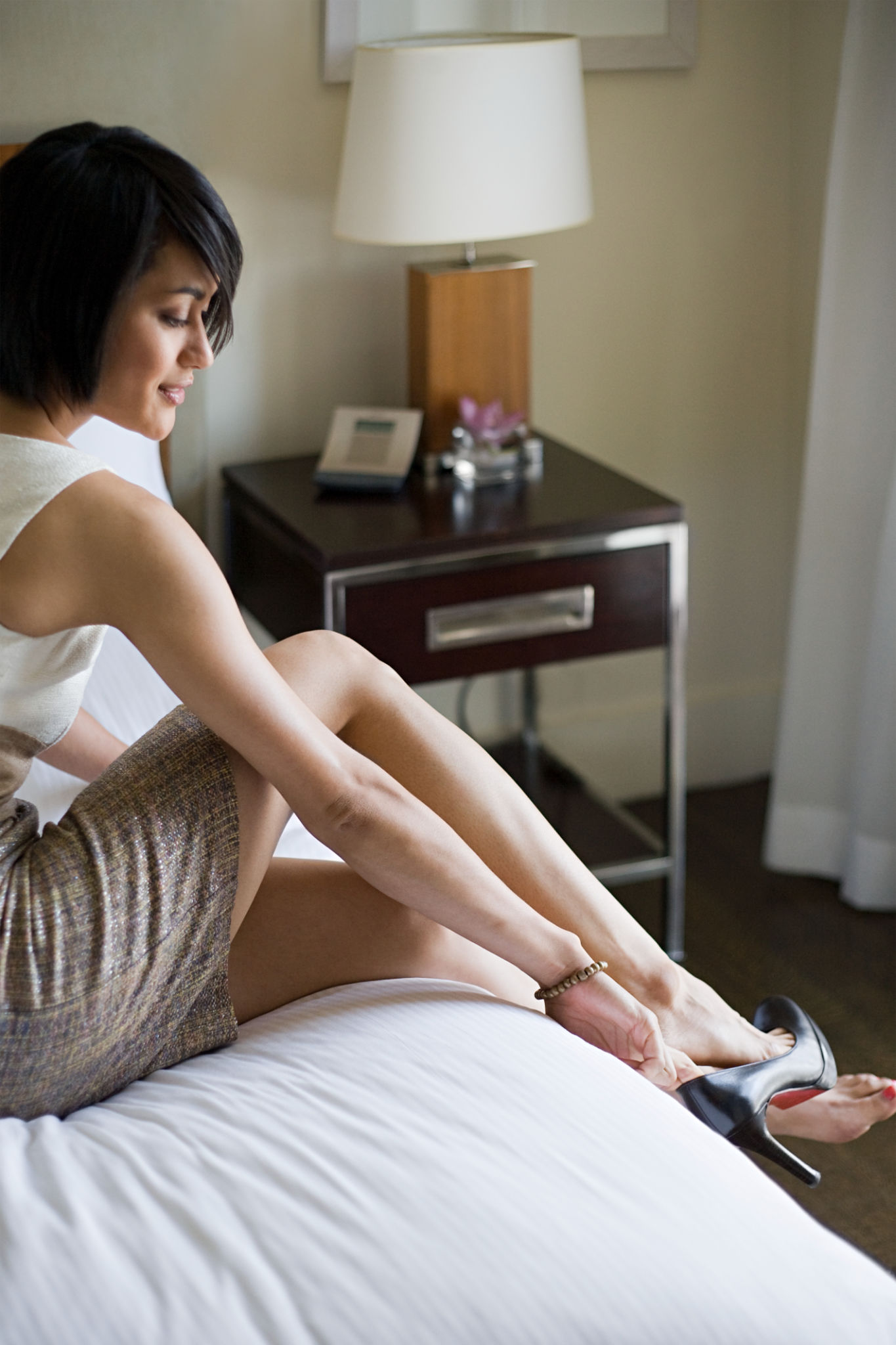How to Prepare for Your First Botox Treatment
Understanding Botox
Botox has become a popular choice for those looking to reduce the appearance of fine lines and wrinkles. Before you schedule your first treatment, it's important to understand what Botox is and how it works. Botox is a neurotoxin that temporarily relaxes muscles, leading to smoother skin appearance. It's widely used for cosmetic purposes but also has medical applications.

Knowing how Botox works will help you set realistic expectations. Results are not immediate; it may take a few days to start seeing changes, and the effects typically last three to six months. It's also essential to remember that Botox is not a permanent solution and requires ongoing treatments to maintain results.
Finding the Right Practitioner
Your choice of practitioner can significantly impact your Botox experience. Look for a qualified and experienced professional who specializes in cosmetic treatments. You might start by asking for recommendations from friends or family, or by reading online reviews.
During your initial consultation, discuss your goals and any concerns you might have. A reputable practitioner will be transparent about what Botox can and cannot achieve. They should also provide information on potential risks and side effects.

Preparing for the Treatment
In the days leading up to your appointment, there are a few steps you can take to ensure the best possible outcome. First, avoid blood-thinning medications or supplements like aspirin, ibuprofen, or vitamin E, as these can increase bruising at the injection site. Consult with your healthcare provider before stopping any medication.
It's also advised to steer clear of alcohol and caffeine 24 hours before your treatment. Both can contribute to bruising and swelling. Staying hydrated and well-rested will help your body respond better to the procedure.

What to Expect During the Procedure
Botox treatments are relatively quick and typically take about 10 to 15 minutes. Your practitioner will likely use a fine needle to inject small amounts of Botox into specific facial muscles. The discomfort is minimal and often compared to a small pinprick.
After the treatment, you might notice some redness or swelling at the injection sites, but these side effects typically subside within a few hours. Your practitioner may advise you on specific aftercare instructions to follow.
Post-Treatment Care
Proper post-treatment care is crucial for achieving the best results from your Botox injections. Avoid rubbing or massaging the treated area for at least 24 hours after the procedure, as this can cause the Botox to spread to unintended areas.
It's also recommended to avoid strenuous exercise, saunas, or hot tubs within the first 24 hours. These activities can increase blood flow and potentially affect the distribution of the Botox.

Monitoring Your Results
Monitor your results over the first week following your treatment. You should start noticing smoother skin and reduced lines as the Botox takes effect. If you have any concerns or questions about your results, don't hesitate to contact your practitioner for advice.
Remember that patience is key, as full results may not be visible until two weeks post-treatment. Regular follow-up appointments can help you maintain your desired look.
